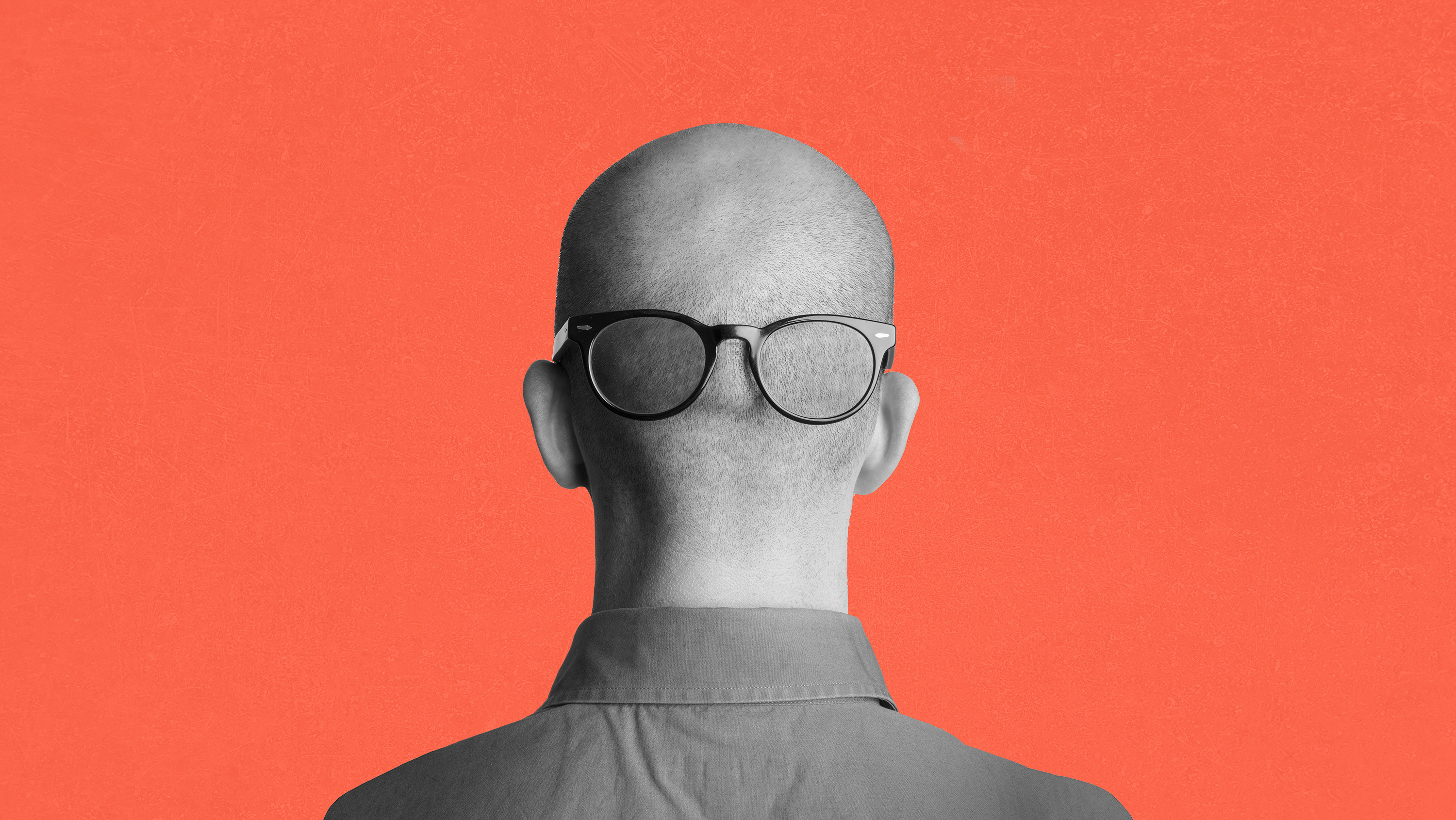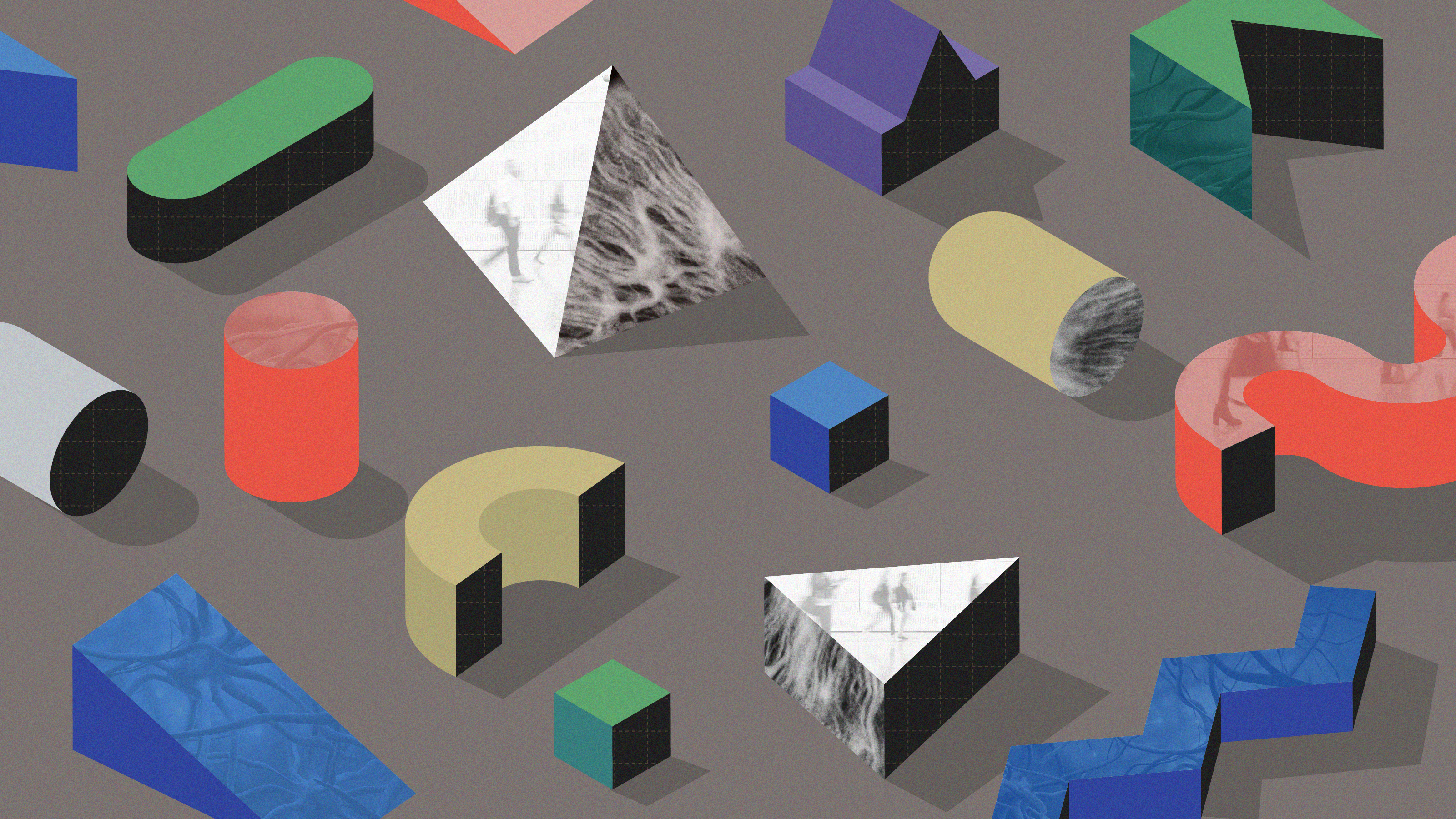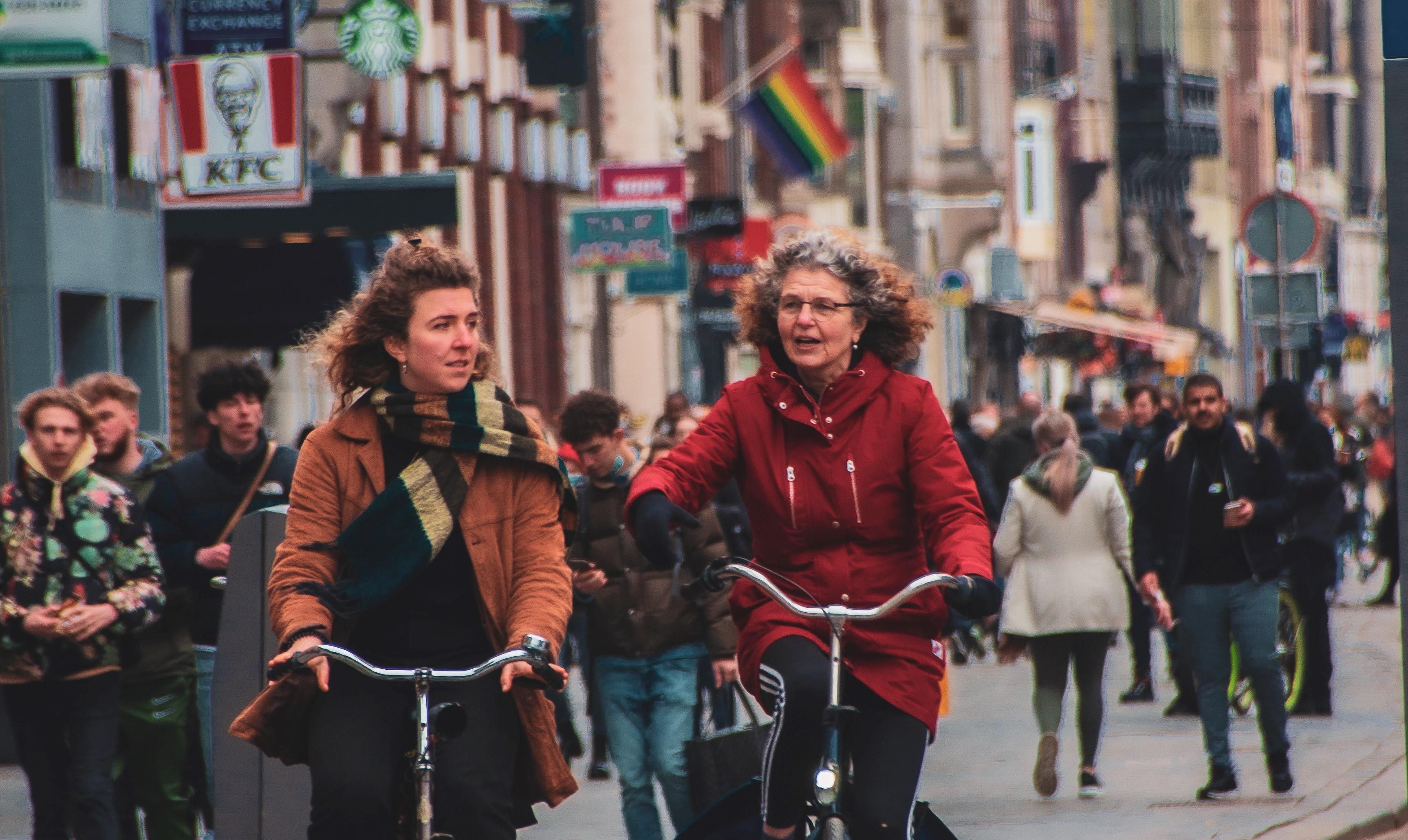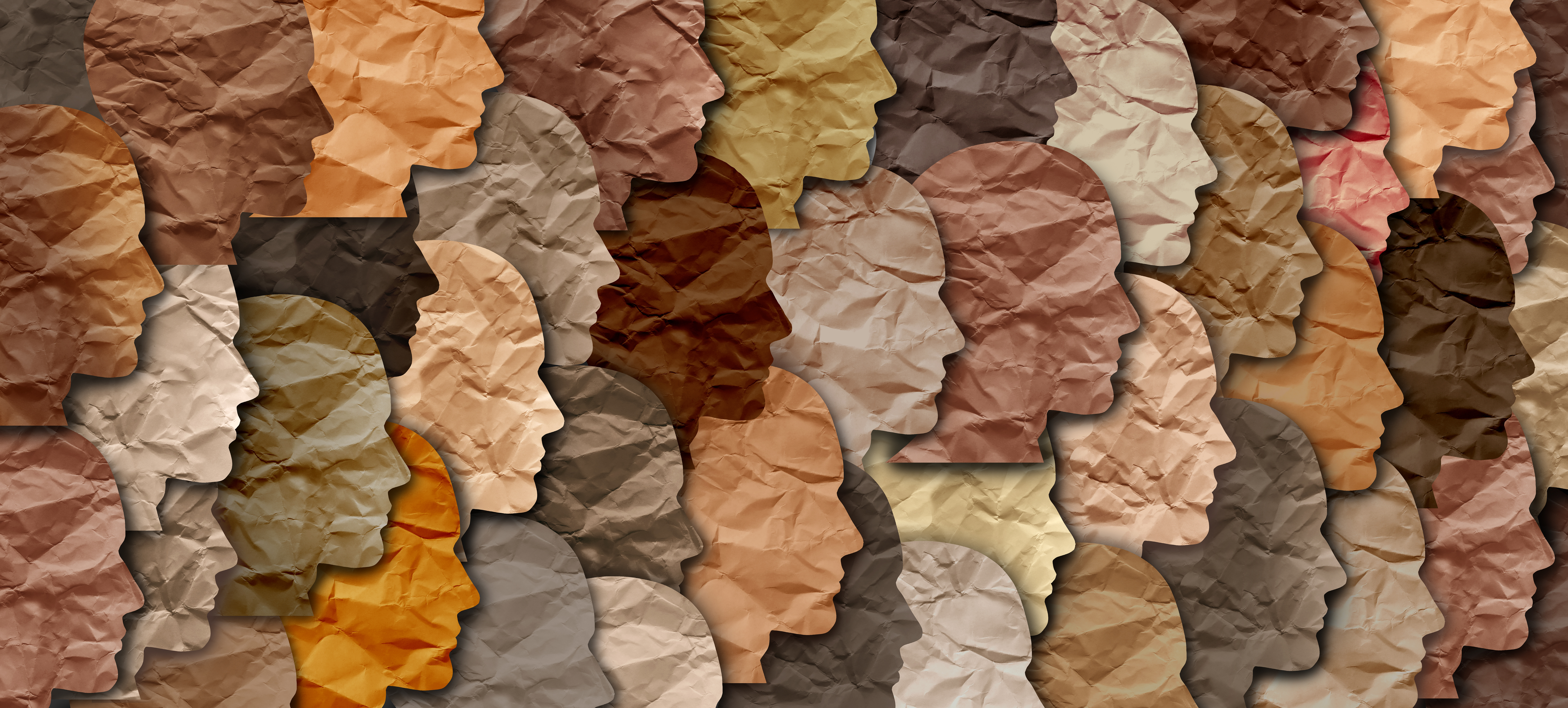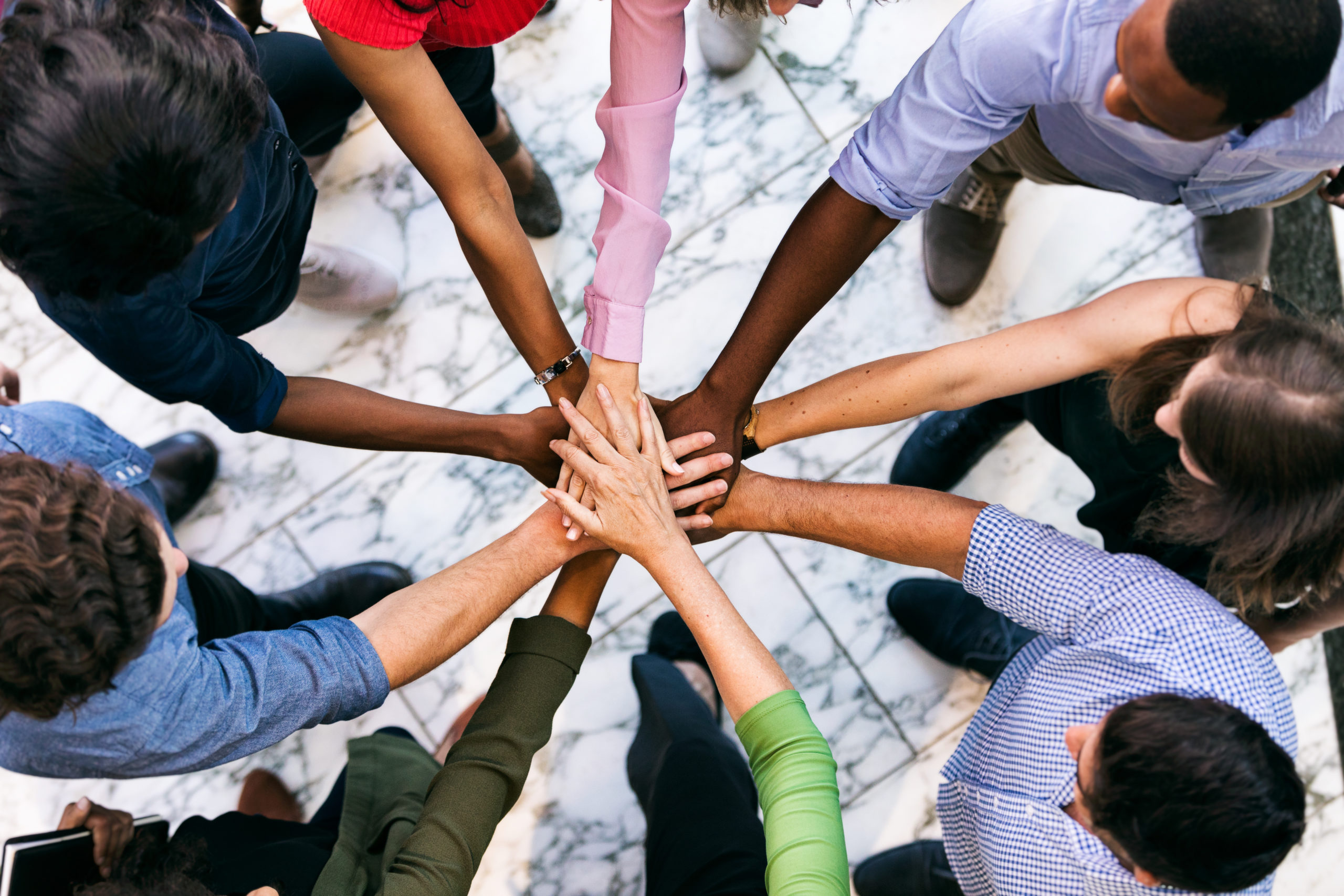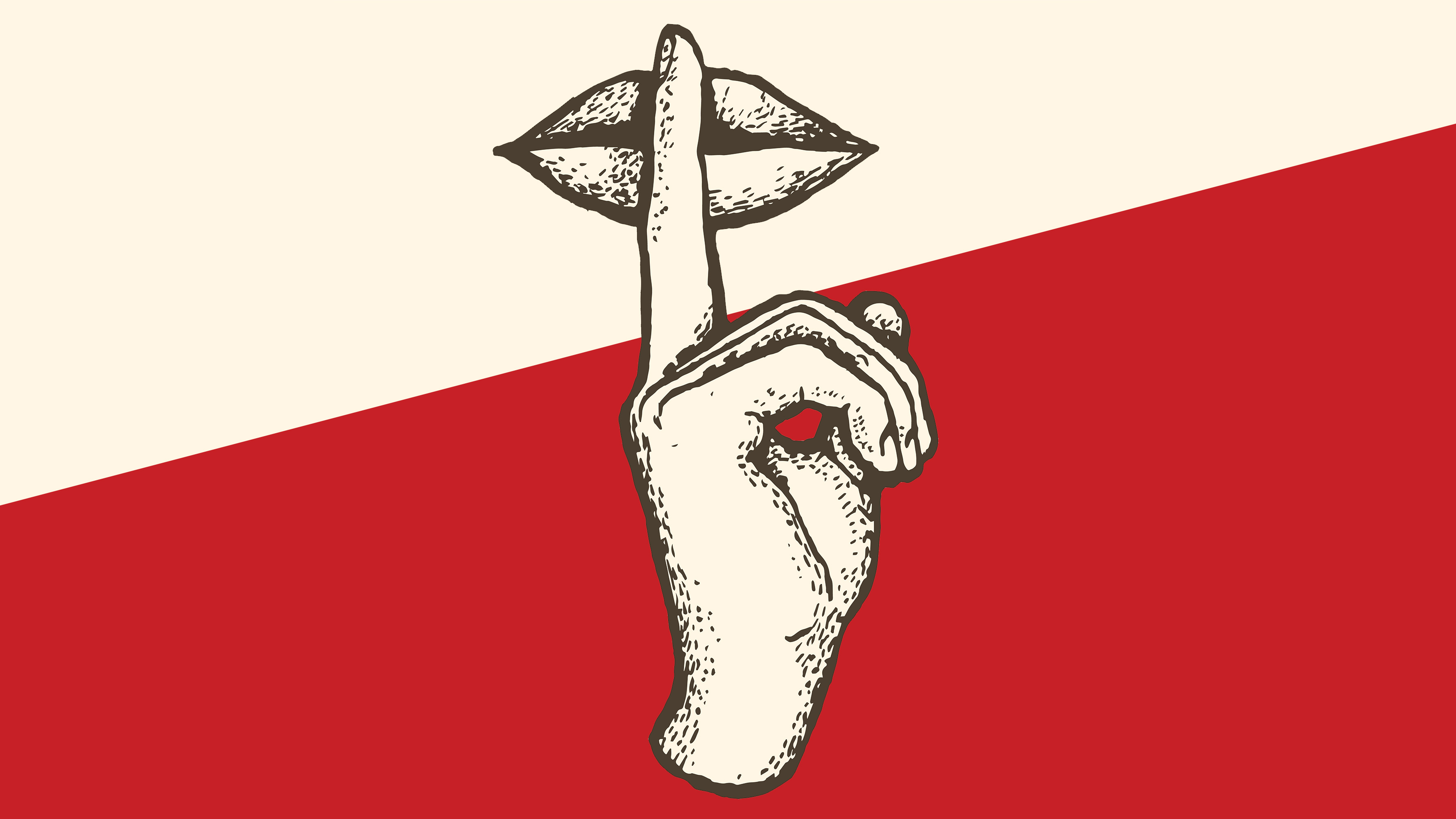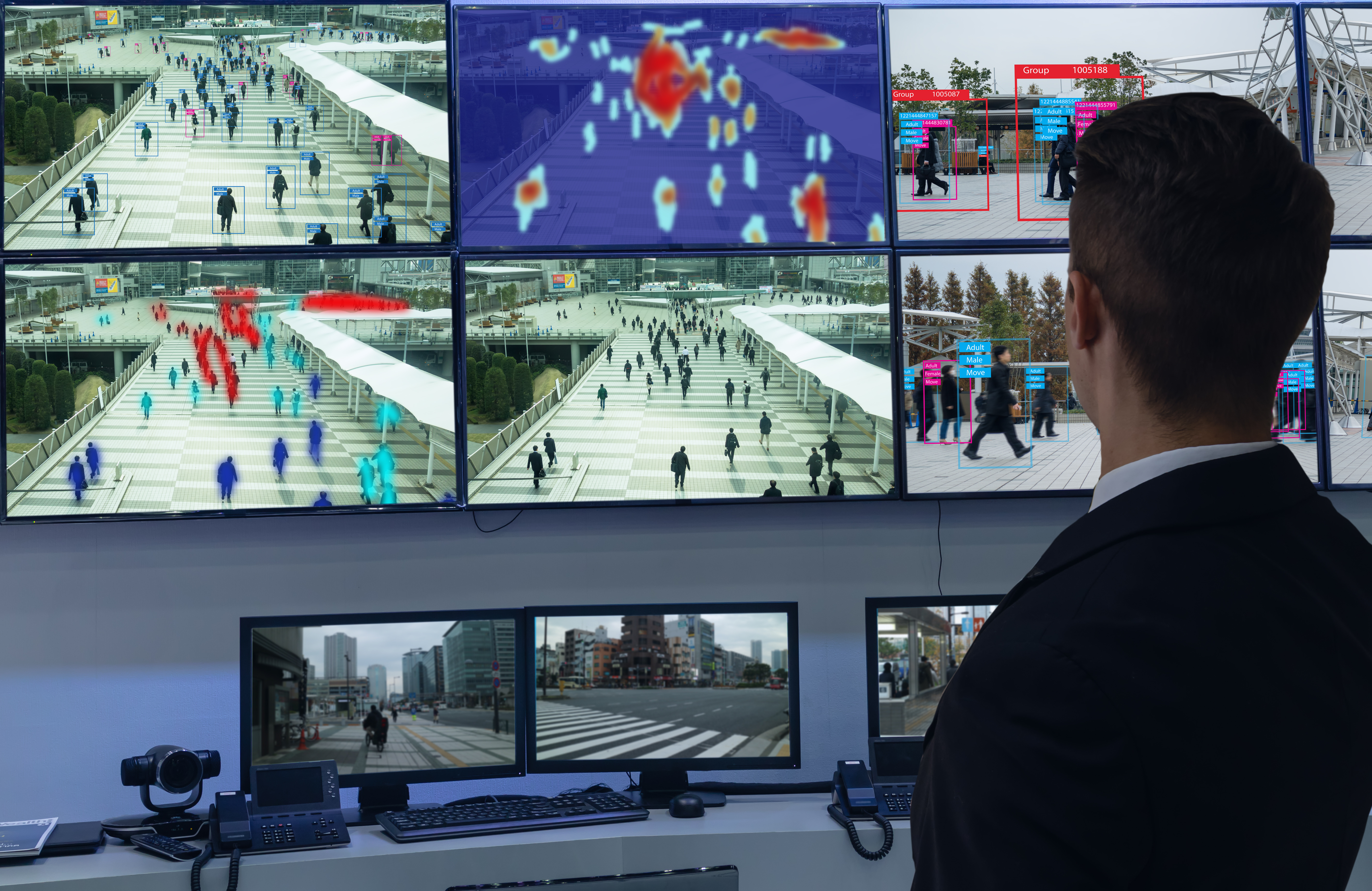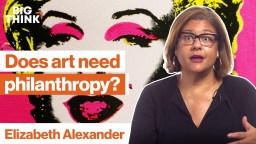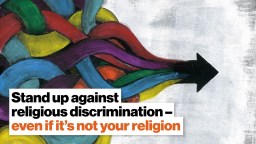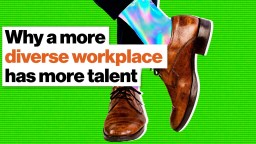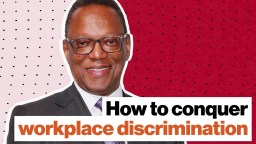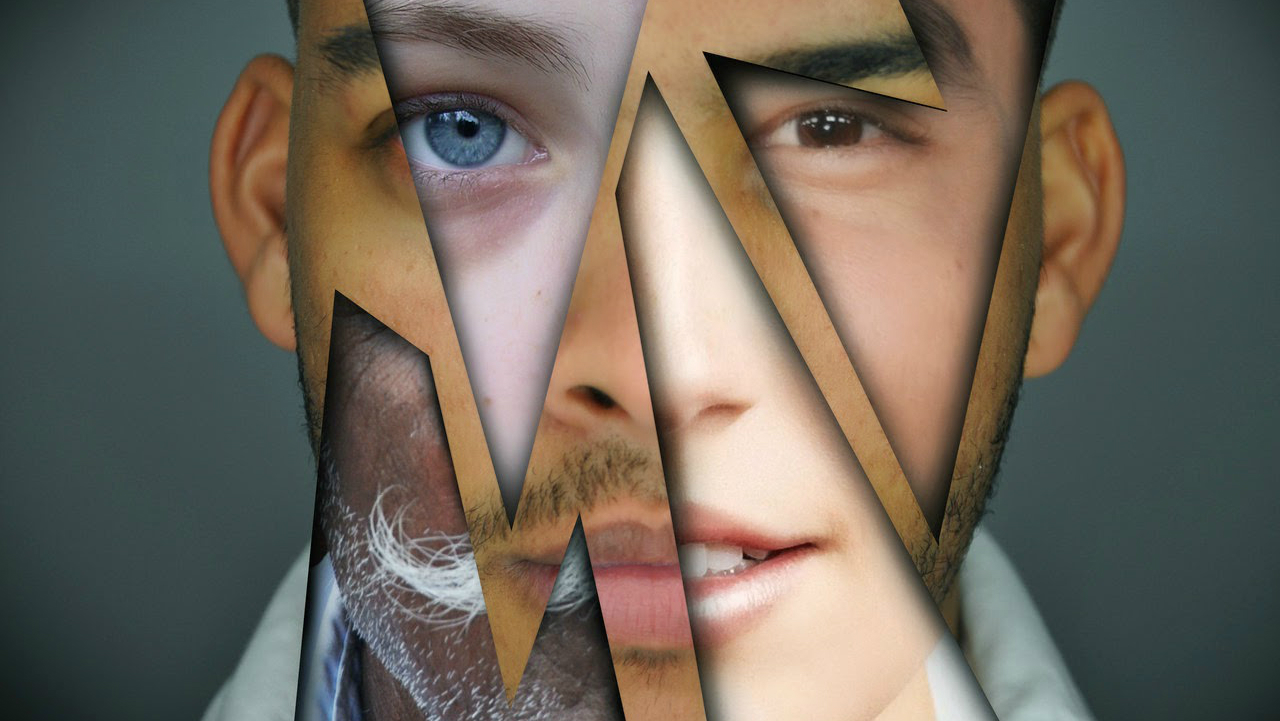diversity
There’s still hope for implicit bias training, research shows.
Diversity training is easy to get wrong. Here’s how to build an effective program.
“It’s not always about agreement, more often it’s about business.”
Since 2015, the Women in the Workplace report has evaluated the successes of women in corporate America alongside the challenges they face. Sponsored by McKinsey & Co. and Lean In, […]
Did you know that American politics has become polarized? Shocking news, we know, but in case your news feed wasn’t evidence enough, Pew Research Center has been tracking the phenomenon […]
Identity politics has become a highly contentious element within modern political discourse. Those who support this approach believe it bolsters the presence and power of those who would otherwise be […]
The business case for diversity and inclusion is overwhelming. We know that diverse teams benefit from increased productivity and a wider knowledge base. We know that varied perspectives help us […]
The study found that people who spoke the same language tended to be more closely related despite living far apart.
When we limit the clash of ideas, we ultimately hinder progress for the entire society.
Machine learning is a powerful and imperfect tool that should not go unmonitored.
A new study shows how poor children are negatively impacted neurologically.
We wouldn’t want to live without it, so how can we create art that’s durable?
▸
3 min
—
with
A new report calls on the departments of certain scientific fields to double the number of black students by 2030.
Turning the office into a place of artistry.
At one point, America needed to be called a Judeo-Christian nation. Now, with growing populations of Muslims, Evangelicals, Sikhs, Atheists, and other faiths, what should America call itself next?
▸
5 min
—
with
The surprising results come from a new GLAAD survey.
As religious diversity increases in the United States, we must learn to channel religious identity into interfaith cooperation.
▸
5 min
—
with
American society is in trouble if we let fundamental disagreements cancel entire relationships.
▸
3 min
—
with
Workplace discrimination is often subtle but very real, says financial educator and author Alvin Hall.
▸
7 min
—
with
Think getting along with people that are nothing like you is hard? Here’s how astronauts do it, 254 miles above Earth on the ISS.
▸
4 min
—
with
Being real at the office? Some workplaces would frown at the idea, but Amway embraces it (and is all the better for it).
▸
5 min
—
with
Stereotyping isn’t about “bad people doing bad things.” It’s about our subconscious biases, and how they sneak into organizational structures.
▸
7 min
—
with
Look at Wall Street in 2008, and the White House right now. Diversity—of people and cognitive perspectives—is crucial for avoiding failure.
▸
7 min
—
with
The most revelatory answers in life come from complex, diverse populations. Technology can open our eyes to what we’re missing and destroy our subconscious biases in one fell swoop.
▸
4 min
—
with
Businesses have been adopting more diversity programs since the 1990s, but do they actually work?
Primatologists and praying farmers show us why it takes a flexible brain, and many perspectives, to unlock truly groundbreaking science.
▸
8 min
—
with
Racism is the acting out of biases learned as early as preschool, research shows. If racism starts at three years old, so should science-backed strategies to reduce it.
▸
10 min
—
with
